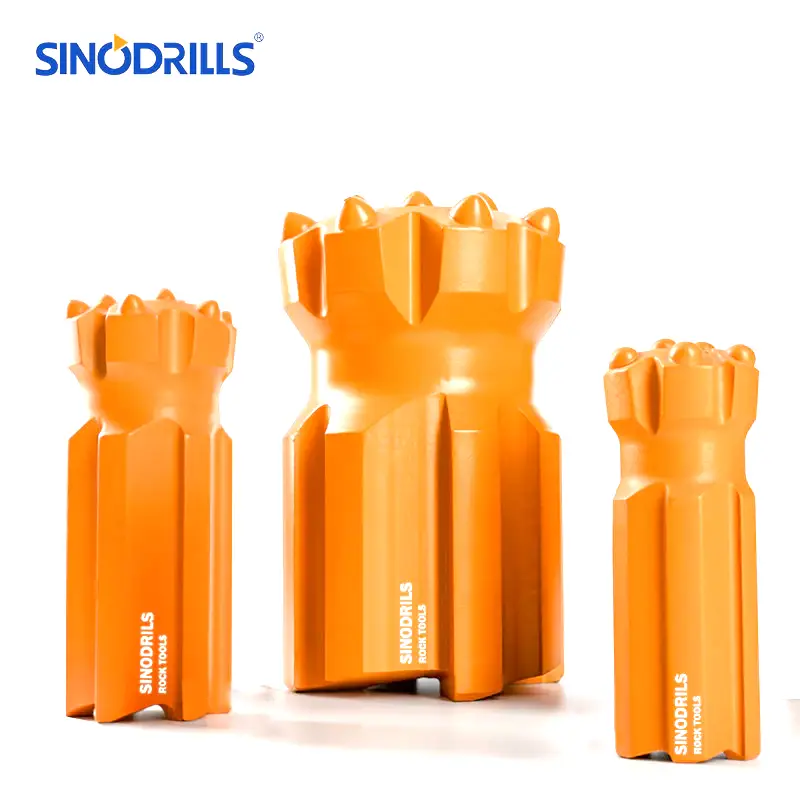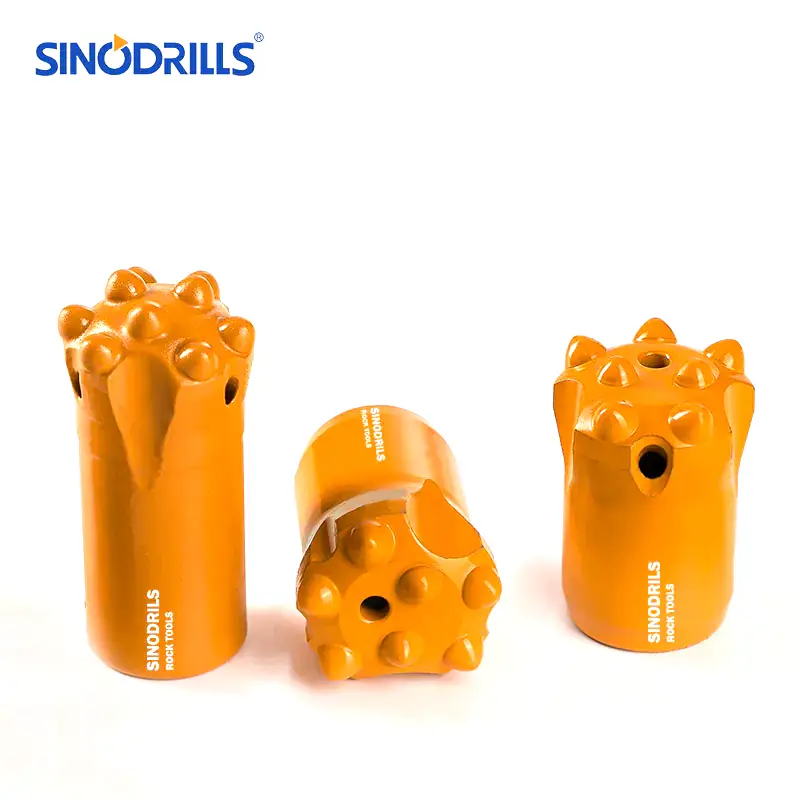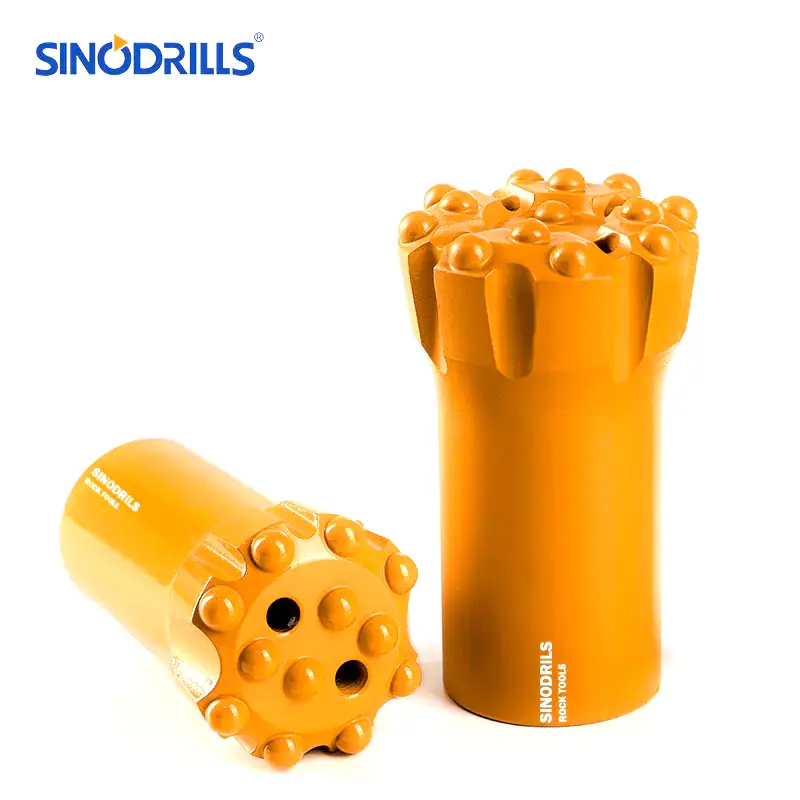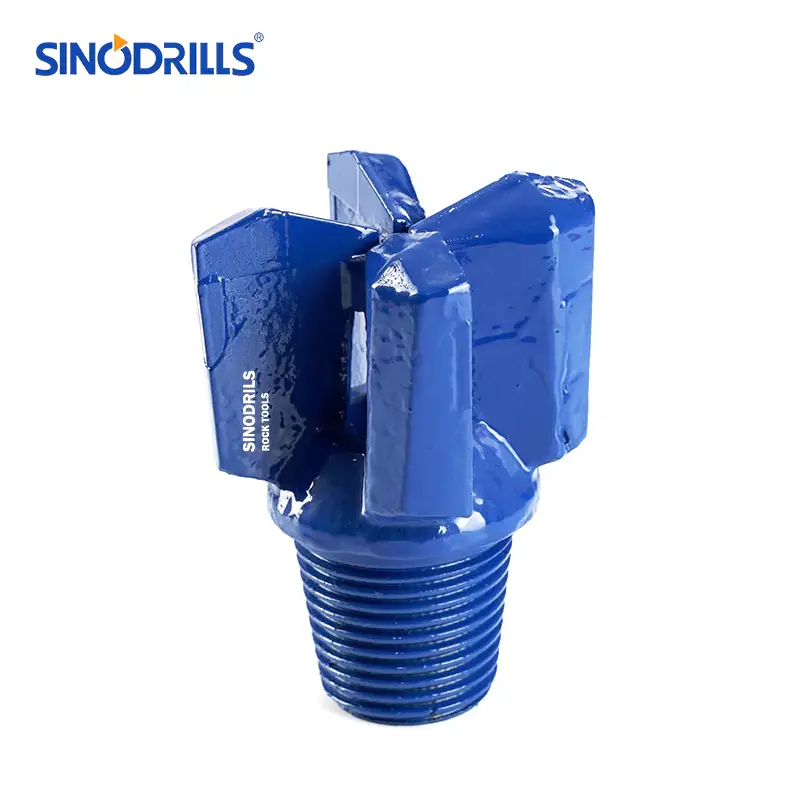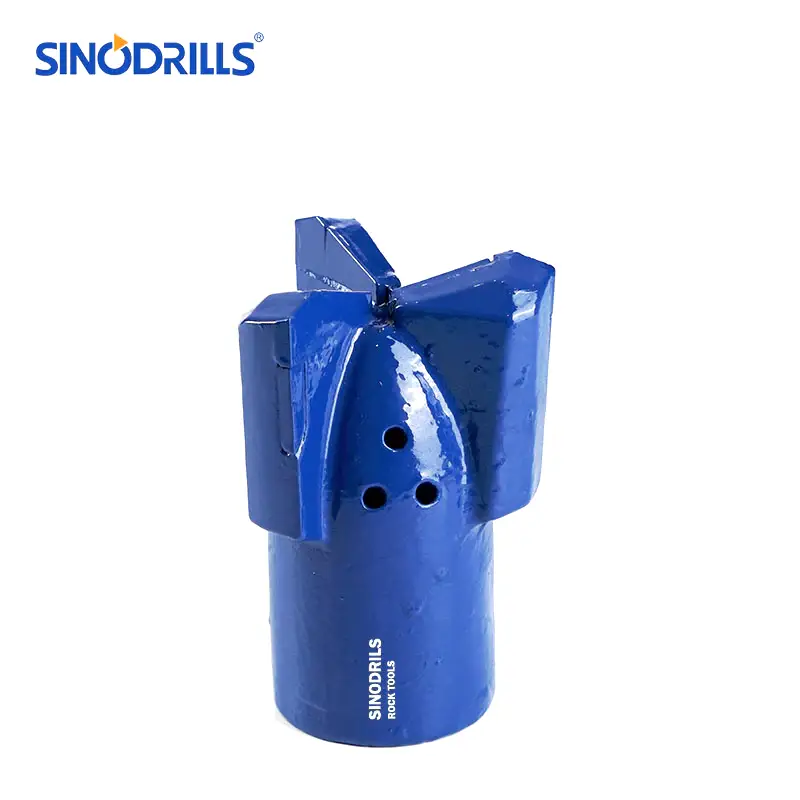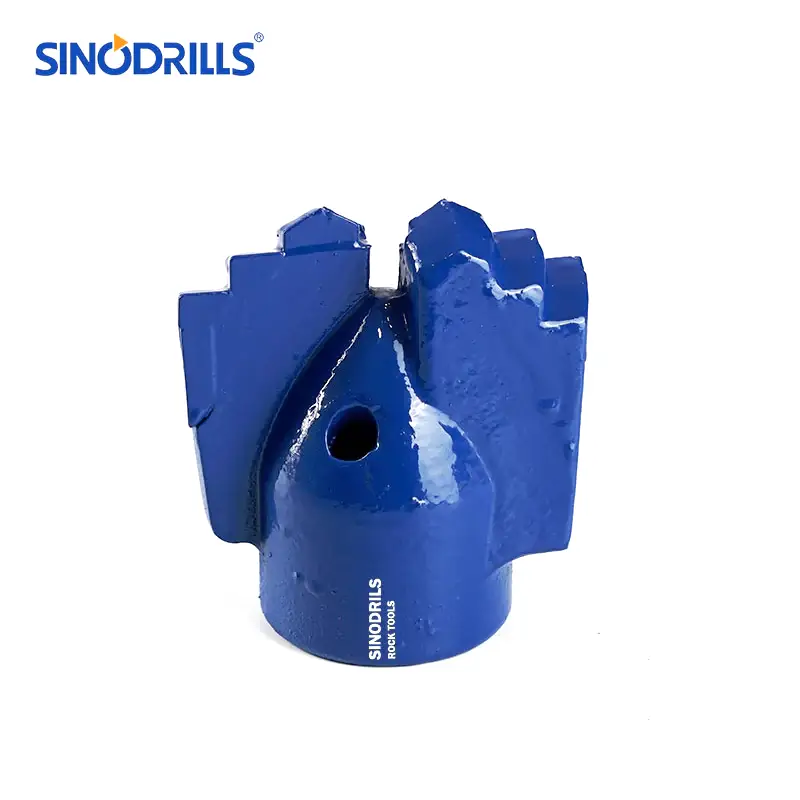Pole drilling is a fundamental process in construction, critical for creating stable foundations for everything from utility poles to large building structures. This technique involves boring precise, deep holes into the ground, ensuring that poles and pilings have the necessary support to withstand various forces and environmental conditions. Understanding the mechanics behind pole drilling is key to appreciating its role in modern infrastructure development.
At its core, pole drilling utilizes specialized machinery and techniques to excavate earth, rock, and other materials. The process is adapted to suit different soil conditions and project requirements, employing various augers, bits, and drilling methods. This blog post will delve into the intricacies of pole drilling, exploring the equipment used, the procedural steps involved, and its diverse applications across numerous industries.
What is Pole Drilling?
Pole drilling, one of the widely used drilling methods, often referred to as pole hole drilling, is a specialized construction process that involves boring precise, deep holes into the earth to install various types of poles and support structures.
This technique is fundamental for creating stable foundations for utility poles (power distribution, telecommunications), signage, fencing, and even larger structural pilings for buildings and bridges. It utilizes specialized machinery, such as augers and drills, which are designed to cut through diverse soil conditions, from soft earth to hard rock, ensuring the secure and long-lasting placement of the pole.
How Does Pole Drilling Work?
Pole drilling typically works by employing a rotary drilling method, where a specialized drill rig with an attached auger or bit rotates and applies downward pressure to cut into the ground. The process involves several key steps:
- Site Preparation: The area is surveyed and cleared, marking the exact location and depth for each hole.
- Drill Rig Positioning: The drilling rig, often a truck-mounted or track-mounted unit, is precisely positioned over the marked spot.
- Drilling Action: The drill’s auger, a helical screw-shaped tool, rotates and bores into the soil. As it rotates, it displaces the material, bringing it to the surface. For harder materials like rock, different drill bits, such as carbide-tipped or diamond bits, are used with significant downward force.
- Spoil Removal: The excavated material (spoil) is continuously removed from the hole by the auger’s flights or by specialized drilling fluids (mud) in more complex operations, preventing it from binding the drill.
- Depth Control: The drilling operator monitors the depth of the hole, ensuring it reaches the specified requirement for the pole’s stability.
- Hole Finishing: Once the desired depth is achieved, the auger is retracted, leaving a clean, cylindrical hole ready for the pole to be set and backfilled, often with concrete or compacted aggregate for maximum stability.
Where Can You Use Pole Drilling?
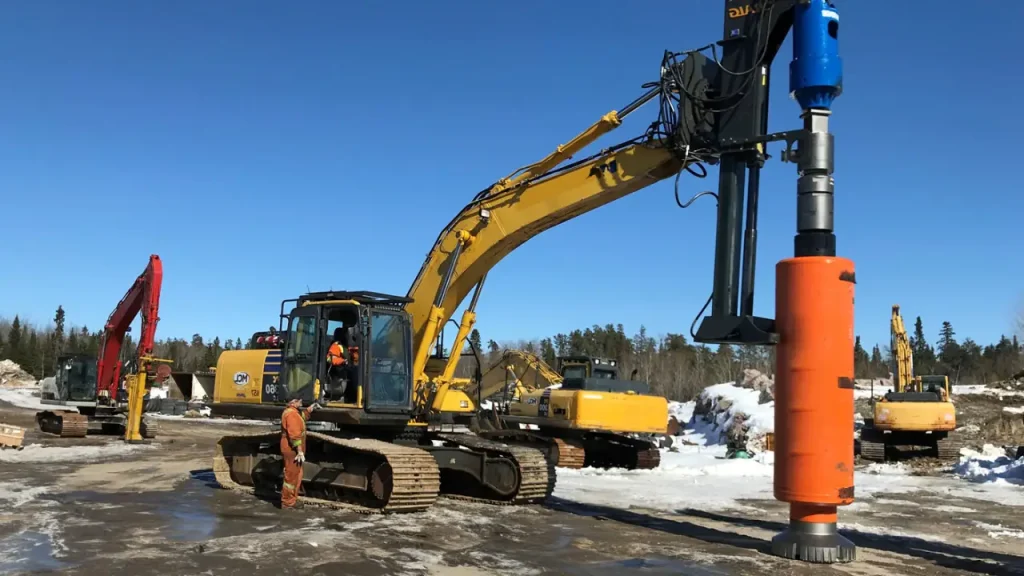
Pole drilling is incredibly versatile and finds application across numerous sectors, proving essential for establishing stable upright structures in various environments. Here are some key areas where pole drilling is frequently used:
- Utility Infrastructure: Critical for installing and maintaining electrical power poles, telephone poles, and other communication masts. These drilled holes provide the necessary deep and robust foundation to support heavy lines and withstand environmental stresses like wind and storms, ensuring reliable service delivery.
- Building and Bridge Foundations: Used to create drilled piers, caissons, or bored piles, which form deep foundations for large commercial buildings, bridges, and other heavy structures. By reaching stable bedrock or dense soil layers, these drilled foundations distribute immense loads, preventing settling and ensuring structural integrity over time.
- Signage and Fencing: Essential for erecting durable signs, billboards, and fence posts. Whether for property boundaries, advertising, or traffic control, pole drilling ensures these structures are firmly anchored and can resist tipping or damage from external forces, providing long-term stability and safety.
- Solar Panel Installations: Utilized to create the ground mounts for large-scale solar panel arrays. Pole drilling provides the secure footings needed to support the heavy panels and their tracking systems, allowing for efficient energy capture and ensuring the stability of the solar farm in various weather conditions.
- Geotechnical and Environmental Surveys: Employed to bore holes for soil sampling, groundwater monitoring wells, and the installation of instrumentation to assess ground stability or environmental contamination. These precise holes are crucial for understanding subsurface conditions and informing engineering designs or remediation strategies.
Drilling Tools Needed for Pole Drilling
Effective pole drilling operations rely on a specific array of robust and specialized tools, each playing a crucial role in creating the precise and stable holes required. The selection of these tools is largely dependent on the geological conditions of the drilling site, as different soil types and rock formations necessitate varying equipment for optimal performance and efficiency.
Drilling Rigs
These are the primary machines that provide the power and structure for the drilling process. They come in various forms, including truck-mounted, track-mounted, or even portable units, chosen based on the project’s scale, site accessibility, and the type of ground being drilled.
Augers
Augers are the most common drilling tools used for softer ground conditions like soil, clay, and sand. They feature a helical screw design that rotates to cut and lift excavated material out of the hole. Different types include earth augers for general soil, and specialized rock augers designed with stronger teeth for breaking through fractured rock or hardpan.
Drill Bits
Recommended Drill Bits for Pole Drilling
When encountering harder materials such as solid rock, specialized drill bits are essential. These bits are often made with tungsten carbide inserts or diamond materials, designed to crush or abrade hard rock formations. Types include roller cone bits (tricone bits), DTH (down-the-hole) hammer bits, and various fixed-cutter bits, each suited for specific rock hardness and drilling methods.
Kelly Bars and Drill Rods
These components transmit the rotational torque and downward force from the drilling rig to the auger or drill bit. Kelly bars are typically telescopic, allowing for deeper drilling without needing to add multiple rod sections. Drill rods are often used in conjunction with DTH hammers or in rotary drilling for deeper boreholes.
Casing and Stabilizers
Casing is a steel pipe inserted into the drilled hole to prevent the walls from collapsing, especially in unstable or loose soil conditions. Stabilizers are tools that help maintain the straightness and diameter of the borehole during drilling, reducing vibration and ensuring a consistent hole profile.
Conclusion
In summary, pole drilling is an indispensable technique that underpins much of our built environment, providing the foundational stability required for a wide array of structures. From securing power lines and telecommunication masts to supporting bridges and buildings, the precision and effectiveness of pole drilling directly impact safety and longevity. Mastering this process is crucial for any construction project requiring robust vertical support.
The success of any pole drilling operation heavily relies on utilizing the right tools and equipment. The demanding nature of this work necessitates durable, high-performance drilling tools that can withstand rigorous conditions and deliver consistent results. Investing in quality drilling tools ensures efficiency, reduces downtime, and contributes significantly to the overall success and safety of your construction projects.
For all your pole drilling needs, look no further than Sinodrills. We offer a comprehensive range of wholesale drilling tools designed for durability, performance, and reliability. Equip your team with the best in the industry and ensure your drilling operations are efficient and effective. Explore our extensive catalog today and discover the Sinodrills difference for your next project.

